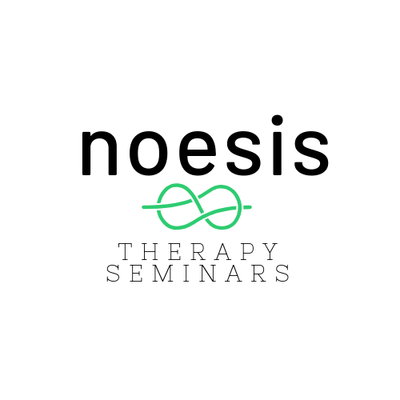Understanding the Symptoms of Persistent Postural Perceptual Dizziness

Understanding the Symptoms of Persistent Postural Perceptual Dizziness (PPPD)
Persistent Postural Perceptual Dizziness, or PPPD, is a functional vestibular disorder that affects an individual's sense of balance and spatial orientation. Chronic in nature, the condition generally manifests through a series of symptoms related to dizziness and perceived unsteadiness, often exacerbated by certain activities or environments. Recognizing the symptoms of PPPD is crucial for diagnosis and proper management. In this article, we discuss the top symptoms and considerations associated with PPPD.
- Chronic Dizziness and unsteadiness: One of the primary symptoms of PPPD is a persistent sensation of dizziness, unsteadiness, or swaying that lasts for many months. Unlike vertigo, which feels like the world is spinning, PPPD feels more like a constant sway or a sensation of being pushed. This symptom typically doesn't go away completely but may fluctuate in intensity.
- Sensitivity to motion: Individuals with PPPD are often particularly sensitive to movement, whether it's their own movement, the movement of objects around them, or complex visual stimuli such Binder's syndrome. Activities such as being in busy environments or watching fast-paced visual media can significantly exacerbate the symptoms.
- Difficulty with complex visual environments: PPPD can make it hard for a person to function in environments with complex or large amounts of visual information. Examples include crowded places, traffic-heavy streets, or areas with rapidly moving objects. This visual stimulation can provoke a strong sense of imbalance and disorientation.
- Postural triggers: The symptoms of PPPD are often triggered or worsened by specific postures or changes in position. Standing up quickly, turning the head, and bending over can all exacerbate feelings of dizziness and unsteadiness. Sustained positions, such as standing in line or sitting upright for long periods, can also be challenging.
- Dependence on visual and physical contact: Many patients with PPPD find some degree of relief by focusing on stationary objects or through physical contact with stable surfaces. This reliance is not only a symptom but also a coping mechanism, helping to mitigate the sensations of dizziness and imbalance.
- Anxiety and avoidance behavior: Due to chronic symptoms, PPPD often leads to increased anxiety levels, particularly concerning the fear of falling or exacerbating symptoms. This can result in significant avoidance behaviors, with sufferers avoiding activities or environments they fear will trigger their symptoms.
- Nausea and headaches: Alongside core symptoms of dizziness and imbalance, PPPD can also cause associated symptoms like nausea and headaches. These can arise particularly during episodes of intense dizziness but may also occur independently as part of the broader PPPD symptom complex.
- Inconsistent symptom pattern: The symptoms of PPPD can show considerable variability over time. Factors such as stress, fatigue, and overall health can influence the severity and frequency of symptoms, making the condition unpredictable and challenging to manage.
- Intolerance to physical exercise: Physical activity can provoke an exacerbation of dizziness and unsteadiness in people with PPPD, leading to an intolerance of exercises that involve rapid or extensive movements. This can pose significant limitations to maintaining an active lifestyle.
- Overlap with other vestibular disorders: PPPD can co-exist with other vestibular disorders, such as Benign Paroxysmal Positional Vertigo (BPPV) or Meniere’s disease. This overlap can complicate the diagnosis and management of PPPD, requiring careful consideration and comprehensive assessment by healthcare professionals.
Recognizing and understanding the symptoms of Persistent Postural Perceptual Dizziness is the first step toward effective management and treatment. For those experiencing symptoms, consulting with healthcare providers who specialize in vestibular disorders is crucial. Treatment options for PPPD usually involve a combination of medication, vestibular rehabilitation therapy, and sometimes psychotherapy, drawing on approaches that help manage both the physical and psychological aspects of the disorder.
While PPPD is a challenging and often debilitating condition, with the right strategies and support, many people can manage their symptoms effectively and lead full, active lives. Education and awareness are key, as they equip patients with the knowledge needed to navigate PPPD and its impact on daily activities.
